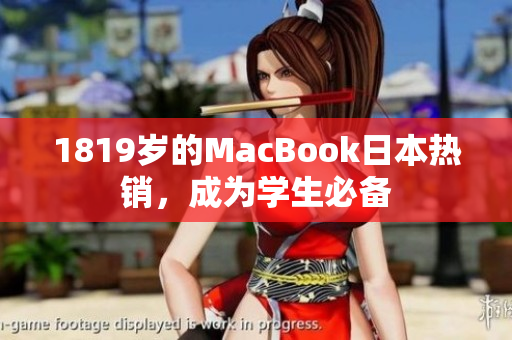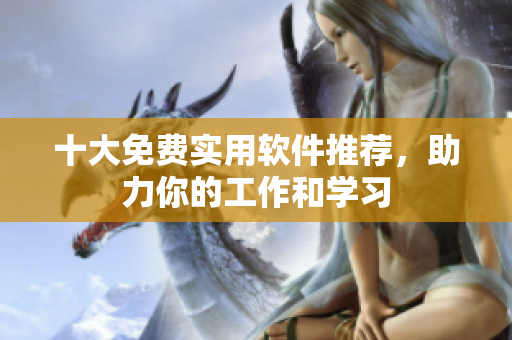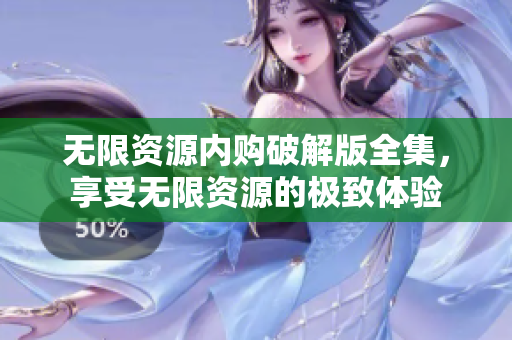Introduction
As a student, we often face various challenges and situations that require us to make decisions and take actions. Some of these challenges include school-related issues such as academic struggles, conflicts with teachers and peers, and extracurricular activities. In this article, we will explore five different scenarios that students may encounter and discuss how to handle these situations effectively.
Scenario 1: Dealing with a Difficult English Class Representative
English class is essential for students to develop their language proficiency, but it can also be a challenging subject. As a class, you may have elected a representative to speak on your behalf during discussions or meetings. However, what if this representative is difficult to work with? One way to handle this situation is to communicate with the representative and express your concerns about their behavior or attitude. You can also propose a solution to work better together, such as dividing responsibilities or rotating the role of the representative.
Scenario 2: Understanding the Scarcity of Southeast Asian Early Childhood Education
Early childhood education is crucial for building a strong foundation for the future. However, in Southeast Asia, there is a shortage of adequate resources and infrastructure to support quality early education. To address this issue, it's crucial to raise awareness and advocate for increased investment in early childhood education. Governments, NGOs, and private sector organizations can work together to provide access to quality education for all children in the region.
Scenario 3: Appreciating Top-Tier Western Humanities and Artistic Works
Western humanities and artistic works are widely acclaimed for their innovation, creativity, and cultural significance. However, many students in the East may not have access to these works or understand their relevance. One way to appreciate and understand top-tier Western humanities and artistic works is to engage in interdisciplinary studies, cross-cultural dialogues, and critical analysis of these works. By doing so, students can broaden their perspectives and gain a deeper appreciation for different cultures and creative expressions.
Scenario 4: Embracing the Potential of 5G Technology in Mainland China
5G technology is a game-changer in many areas, including communication, entertainment, and business. In Mainland China, the potential of 5G technology is immense, as it can facilitate digital transformation and innovation in various sectors. As students, we can embrace the potential of 5G technology by exploring its different applications and developing new ideas and solutions that can leverage this technology. By doing so, we can contribute to the growth and development of our society and economy.
Scenario 5: Overcoming Challenges in Managing Classroom Time
Managing classroom time can be challenging, especially when there are multiple tasks and assignments to complete within a limited time frame. As a student, your class teacher or mentor may assign you to teach a lesson during the C1 period, which can be overwhelming for some. In this case, you can start by identifying the learning objectives and key messages of the lesson, then structure your teaching approach accordingly. Additionally, you can seek guidance and support from your teacher or classmates to ensure that you can deliver the lesson effectively and efficiently.
Conclusion
As students, we can encounter different scenarios that require us to make decisions and take actions. By understanding and addressing these situations effectively, we can develop critical thinking skills, cultural understanding, and leadership qualities. These experiences can help us grow and become better individuals who can contribute to our communities and society









